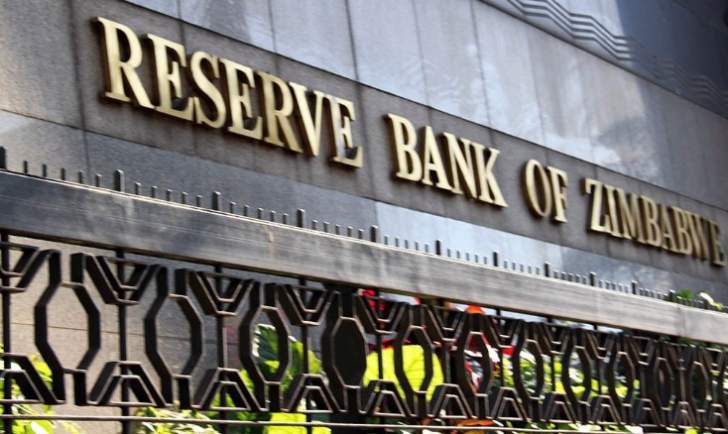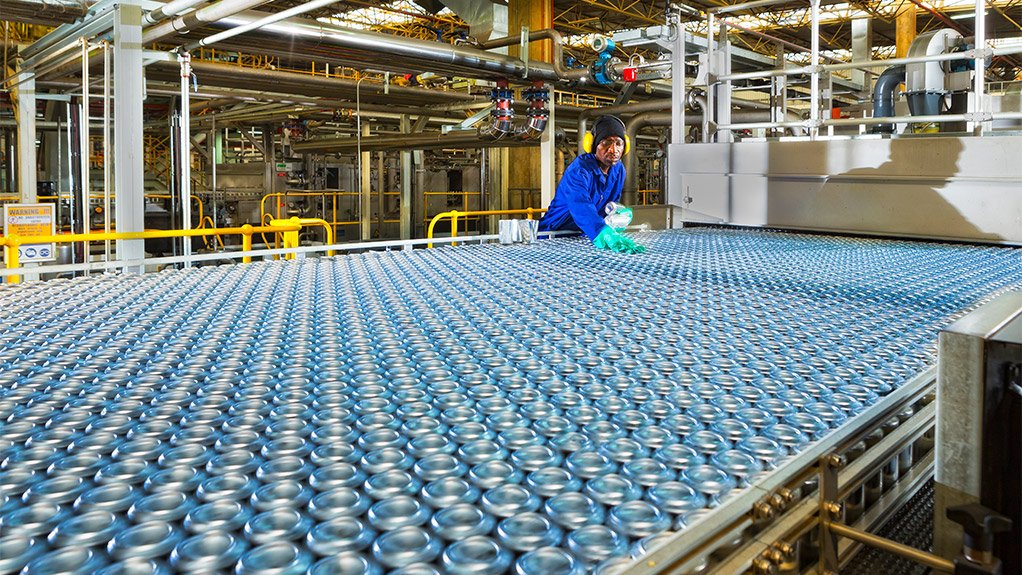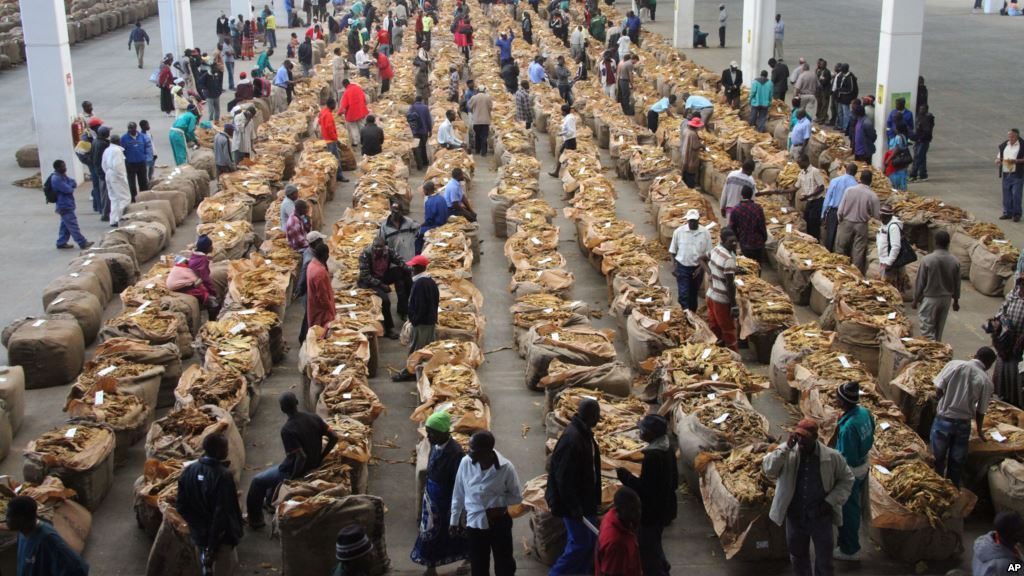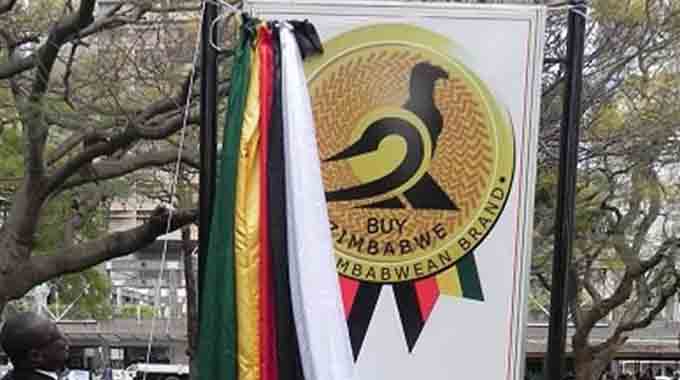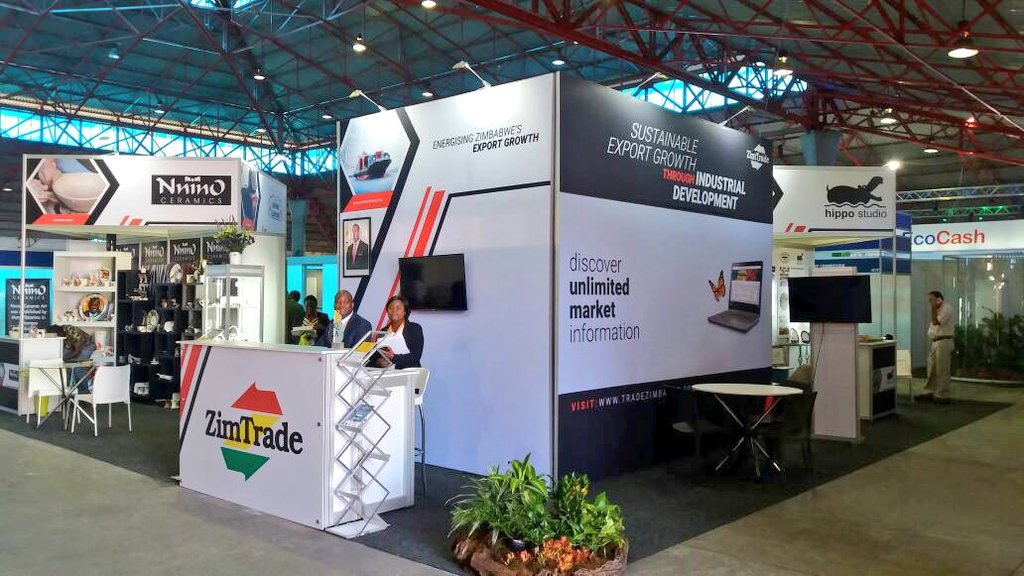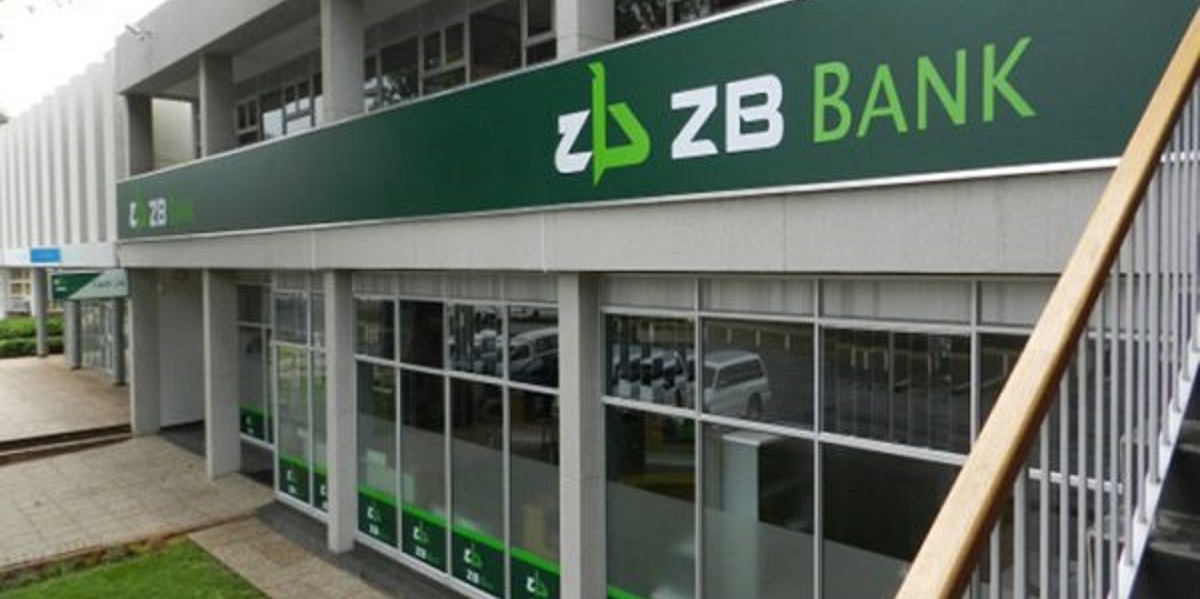Tharisa facing challenges in securing funding for Karo Platinum
HARARE – Tharisa Holdings has slowed spending on the development of its Zimbabwe-based Karo Platinum Project due to difficulties in securing funding for the US$440 million venture.
In its latest financial update, the group highlighted that the project’s high capital requirements and jurisdictional concerns have made it challenging for lenders to secure financing, thereby limiting Tharisa’s access to substantial capital for the development of Karo. However, the group is exploring various financing solutions.
The platinum price remained at relatively subdued levels, with downside volatility triggered by the introduction of trade tariffs by the USA, specifically on imported motor vehicles and automotive parts. This added uncertainty, despite the fundamental supply-demand gap, which requires a price recalibration to ensure future re-balancing.
CEO of Tharisa, Phoevos Pouroulis, commented, “while we have slowed development at the Karo Platinum Project in line with capital availability, we have nevertheless continued work on infrastructure, water dams, and further optimizations including commencing with studies for the future underground mine development.”
He added that the group had presented the project opportunity to non-traditional financiers, who, like the company, see the long-term benefits of the uniqueness not only of this Tier 1 project but also of the applications that platinum group metals (PGMs) will play for decades to come. The budgeted capital for the Karo Platinum Project remains at US$391.0 million, before costs associated with the delay.
The company committed US$135 million as an equity investment for the project, with US$98.1 million drawn down as of March 31, 2025, and the remaining US$36.9 million to be drawn down in tranches. Capital expenditure since the project’s development commenced totals $154.8 million.
The Karo Platinum Project has a 10-year open-cast phase and a longer, 30+ year underground phase. Civil works are nearly complete, with major equipment already manufactured. Ongoing infrastructure work includes enlarging a dam for water storage and building power infrastructure from the nearby Selous power station, progressing according to available funding while value engineering continues.
The feasibility study for the underground extension has started, and project returns could increase if studies on utilizing the base metal reef (rich in copper, nickel, and cobalt) yield positive results.
Tharisa’s interim financial results were disappointing due to lower mining volumes and a decline in chrome prices from their recent highs. Operational issues, including contractor problems that limited drilling equipment availability, affected the Tharisa open pit mine in the North West province.
Heavy rainfall in the second quarter hindered production, a challenge faced by many miners in the region, including platinum group metal and coal miners in Mpumalanga province. The chrome concentrate price (excluding third-party supply) declined 12.7% year-on-year to US$755.40 per tonne. In contrast, the average PGM price stabilized, rising 4.4% to US$1,403 per ounce. However, PGM production decreased 12.2% to 62,400 ounces.
The group’s revenue for the half-year declined by 23.9% to US$280.8 million, due to a 12.2% decrease in the realized metallurgical grade chrome price to US$253/t with a decrease in chrome concentrate sold.
Tharisa’s EBITDA nearly halved to US$43.8 million, with an EBITDA margin of 15.6% compared to 21.6% in the previous year. Despite the challenges, Pouroulis reaffirmed the company’s full-year guidance of producing 140,000-160,000 ounces of PGMs and 1.65-1.8 million tonnes of chrome concentrate. Pouroulis described the period as challenging but highlighted the resilience of the company’s co-product business model.
Net cash from operations dropped 58.2% to US$36 million, but a significant cut in capital spending led to a net cash position of $87.6m. Pouroulis noted that US trade tariffs had dampened PGM prices due to their reliance on the automotive sector. In contrast, chrome prices showed signs of strength, rebounding to US$300/t after averaging US$299/t last year.
-finx



